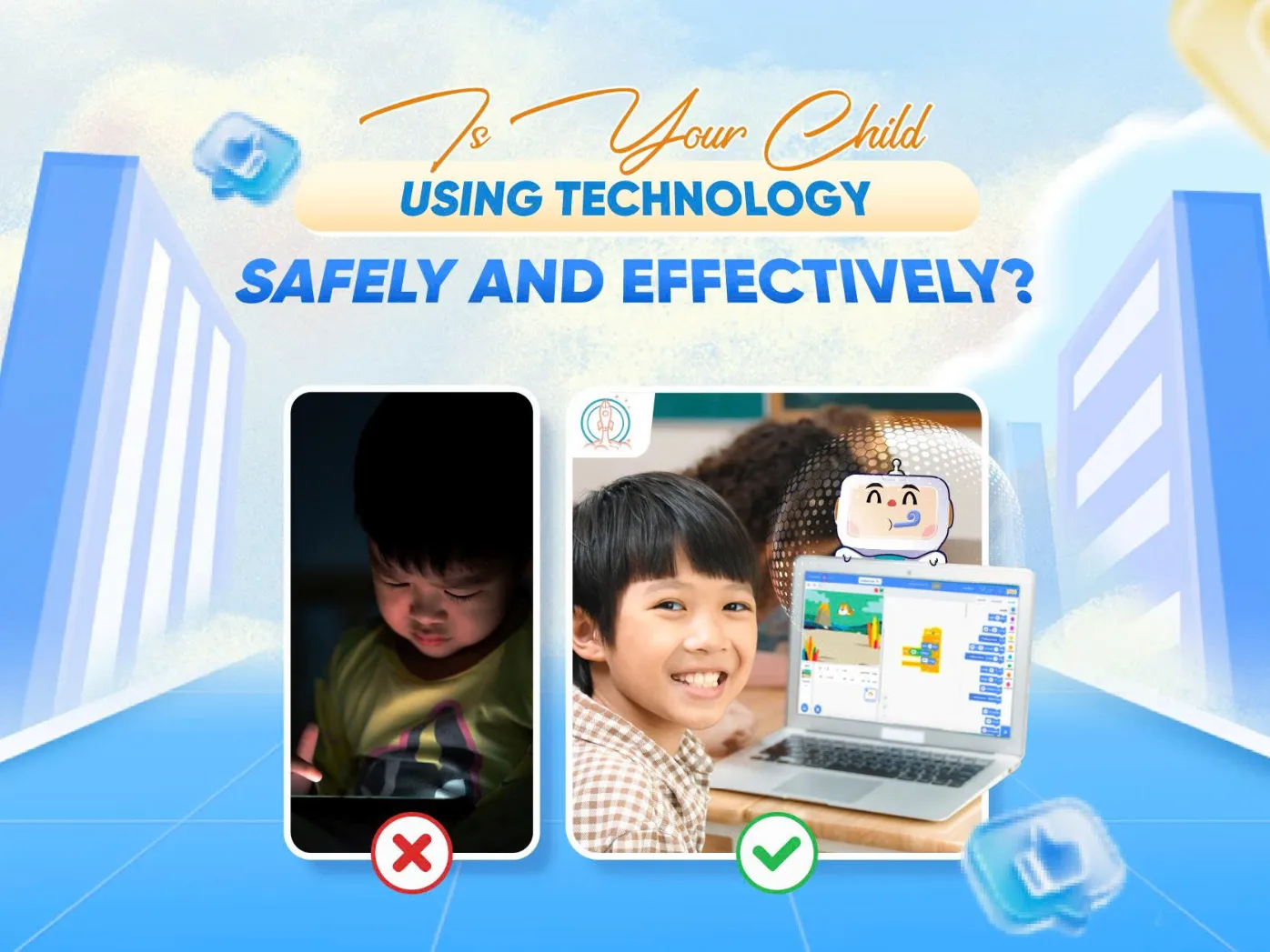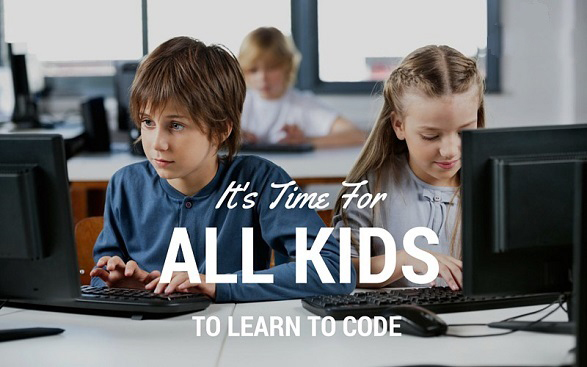Einstein said, “Imagination is more important than knowledge.” Every child is born as an innate creator with a rich imagination that never fails to amaze us. Nurturing and providing opportunities for that creativity is crucial for a child’s development.
The creativity of young children differs from that of adults. Adult creativity involves generating something new, unique, purpose-driven, sustainable, and often results from a process of exploration and effort. In contrast, children’s creativity starts with reproduction, imitation, and mimicry, often lacking a specific purpose. It heavily relies on emotions, situations, and is usually less sustainable.
According to Dr. Susan Engel, the author of “Real Kids: Creating Meaning in Everyday Lives,” children as young as 2.5 years old can distinguish between imagination and reality, meaning they fully understand that cows are not pink. However, when children engage in creative and imaginative play, such distinctions become less important.
So, parents need not worry excessively and can wholeheartedly nurture and create conducive conditions for their children’s boundless creativity, with the following tips:
1. Turn off the TV, open up the world
Creativity and imagination are like muscles in our bodies; without regular exercise, they can weaken and fade away. When children get absorbed in passive activities like watching TV, using iPads, or iPhones, they absorb images, ideas, ways of thinking, logic, and problem-solving methods from others rather than creating their own.
Instead, take children outside to play and immerse themselves in nature. The ever-changing natural world inspires thinking, questioning, hypothesis-making, and fosters powerful creative minds. At the beach, give them a small stone to draw on the sand. In the park or on the grass, collect leaves and branches with your child, and you’ll be amazed at the countless “designs” they can come up with.

2. Engage in role-playing games and storytelling
When engaging in role-playing games, parents will be surprised to see their child invent captivating scenarios with various twists and turns. Through this activity, children learn how to organize their thoughts, assign roles to themselves and others, while developing communication and social skills. For example, if your child loves superheroes, let them lead you on an adventure to unknown lands, describing their powers and abilities. They might even come up with a new “superhero” of their own!
3. Participate in artistic activities
Art is inherently linked to creativity. Engaging in artistic activities like drawing, singing, playing musical instruments, dancing, and performing stimulates creative thinking, enhances aesthetics, develops focus, confidence, and fine-tunes hand-eye coordination in children.
4. Read books
Reading and sharing stories provide abundant materials for creativity. Encourage children to come up with different endings for “The Little Mermaid” or have them role-play as the main characters and retell the story in their own way. Create situations to stimulate their creativity, such as asking questions like, “What if Cinderella didn’t take the glass slipper home to nurture it?” or “What would happen if Snow White never met the Seven Dwarfs?”
5. Set aside time to stimulate imagination
Allocate time free from rigid schedules, schoolwork, or extracurricular activities. This free playtime, where children choose what to play, how to play, and the rules of the game, provides the perfect opportunity for imagination and creativity to flourish. Simply lying on the grass and observing the cloud formations can trigger a child’s imagination and creativity. Parents should value these moments because they allow children to explore and experience life using their hearts and minds. After these moments, encourage children to share what they have seen, thought, and felt.
6. Forgive mess, mistakes, and clumsiness
When children are fully engaged in imaginative play, the worst thing parents can do is to criticize and say, “You made a complete mess,” “This is not how you play with these things,” or “This should be placed there, not here.” During their early years, children should have the chance to make a mess, disassemble objects, and even play with spilled milk (after receiving guidance and instructions from parents). These experiences teach them how to handle situations in the future, as life is not always a neatly arranged sequence of events.

In conclusion, creativity is the potential gateway that connects children to the world. Children are happier than adults because they can live in their own imaginations. Creativity is the life force that nourishes their souls every day, and who knows, this might be the “primitive” period for the brilliant ideas and innovations they will create in the future!
Join OneSpace and foster creativity daily, creating many exciting and innovative things with the hottest technology courses available. See course details here.















